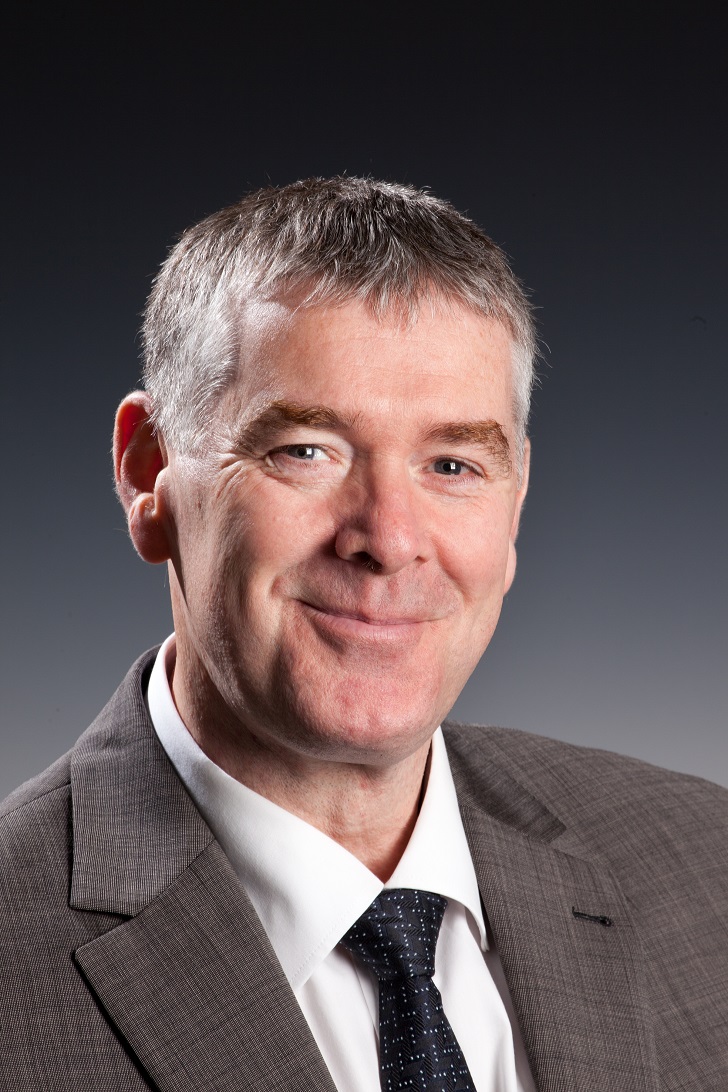
Considering correct filter installation in buildings and how to ensure supplementary HEPA air purification systems are fit for purpose.
If we go back 30 years the role of air filters was to initially protect HVAC systems. The air filter was designed to protect the heating and cooling coils and the fan from dust build up. As times have changed, the understanding is that, yes the air filter can protect HVAC systems, but they are also designed for the protection of people, products and the environment.
Ventilation systems can be really divided into three categories. First, supply air systems. These systems are used to take the air from outside the building and introduce it around a facility. Second, exhaust air systems. These systems are designed to take the air from a building and release it into the atmosphere. Finally, recirculation air systems. These systems are designed to recycle and reuse the air in a facility and reintroduce it to help reduce energy consumption. In all these different types of systems air filters play a significant role in helping to reduce the risk of airborne contaminants
Airborne contaminents In supply air systems the use of outside air is required. The problem is that outside air is not always clean and many different contaminants can enter into your building. These contaminants can be both particulate (PM1, PM2.5, pollen and dust) and molecular (NO2, H2S etc.). These contaminants can not only affect the inner workings of your HVAC system, but they can also affect the health of the people in your building. Depending on the location of your building and its function, a level of air filtration is needed to help protect your people, products and processes.
In some villages, towns and cities a particulate filter is the only requirement but in areas of poor air quality combination filters (particulate and molecular) are often advised to ensure the outside air is adequately treated before being introduced into a building and its occupants. An easy way to understand the optimum level of supply air filtration that is required is to know how busy the building typically is. If there are people who work there permanently, in an office building or hotel or they have sensitive processes, manufacturing, hospitals, then a minimum ePM1 50 – 60 % to an ePM1 80% filter.
In exhaust air systems the main focus is around protecting the environment. This ensures that any pollutant generated from within your facility is captured and not released to the atmosphere. The type of contaminant and its levels will significantly impact the type of air filters needed within this system.
Never more imporant The importance of air filters in recirculation air systems has never been more important. The COVID-19 pandemic has brought awareness to the dangers of airborne viruses. This has increased the requirement and demand for improved air filters for recirculation air systems. It has been advised that for recirculation air systems to be used safely during the COVID-19 pandemic, HEPA filtration is required.
The reason for this is that a HEPA filter will capture 99.95% of the airborne contaminants. This provides the greatest safety measures available for an office building. However, in some instances a HEPA filter cannot be utilised. This is caused by the fan not being able to operate correctly, because of an increase in resistance, or a pressure drop.
If a HEPA filter is not installed, see what level of air filtration and how many stages can be installed instead. For instance, utilise an ePM1 60% air filter at the exhaust end, then include two more layers of ePM1 60% back in the mixing chamber so it can reduce the concentration levels by over 90%. This can often allow for an easy upgrade of your recirculation air systems
Other key areas that are important to consider when choosing an air filter are the filters' energy rating. Up to 50% of a building's energy consumption can be related to the HVAC system. On top of that, 30% of this energy consumption is directly related to the air filter. Choosing air filters with A+ or A rating (according to Eurovent 4/21) can help ensure that energy usage is reduced to optimise your facilities performance. As buildings strive towards a carbon net zero emissions building, choosing the right air filters will become of greater importance.
Supplementary systems The last area that needs consideration is supplementary systems. In buildings with limited or no mechanical ventilation there can often be a higher risk relating to the spread of airborne disease, particulate matter and molecular contaminants. There has been an increase in the requirement for plug and play HEPA filtration systems which are designed to help increase air changes in a facility while removing airborne contaminants.
Both the WHO and many governmental guidelines recommend HEPA air purification technology to help supplement existing ventilation systems. However, it is important to be mindful to ensure filtration performance is tested and certified (For HEPA filters utilise EN1822:2019), ensure the system is adequately sized (REHVA recommends between two and five air changes per hour) and ensure the system uses only technology that does not create a chemical release. This will ensure that the supplementary HEPA air purification systems are fit for purpose.






